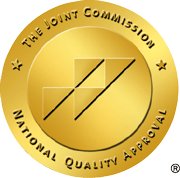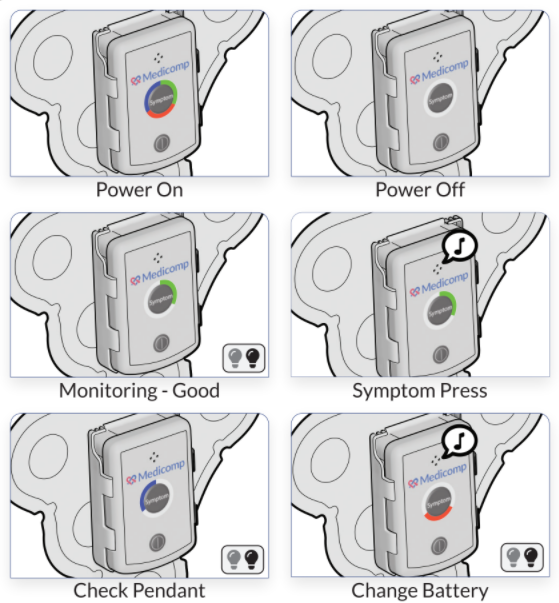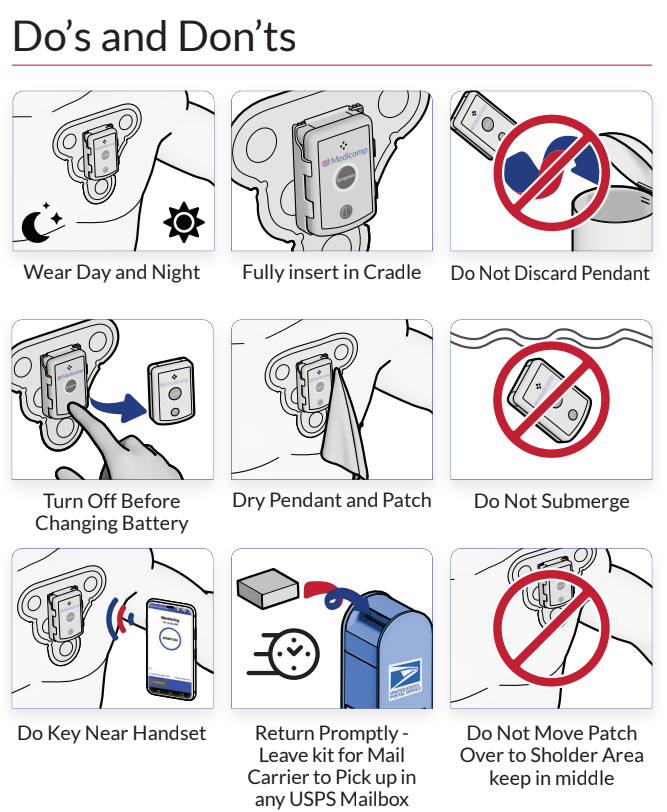Every year, more than half a million Americans experience the most common form of stroke: ischemic stroke. An ischemic stroke occurs when blood flow to the brain is blocked, causing vision loss, dizziness and trouble walking, sudden numbness or weakness in the body, sudden confusion and trouble speaking, and a sudden and severe headache. About a quarter of the documented cases have no apparent underlying cause, which makes it difficult for patients to receive the proper treatment to avoid another stroke.
Two major studies now suggest that a portion of these may be caused by atrial fibrillation. Atrial fibrillation is the most common type of arrhythmia or irregularity in the beat of the heart, caused by electrical impulses in the heart’s two upper chambers, making them contract rapidly. This finding will encourage doctors to look for signs of atrial fibrillation after a stroke if no other cause can be found.
Patients are usually screened with electrocardiographic monitoring after a stroke to look for signs of a recurring heart problem. However, the 24-hour window this screening takes place in might not be enough time to find signs of atrial fibrillation, sign these signs occur at random. The studies found that patients who were monitored for longer periods of time found evidence of atrial fibrillation that could have been the cause of the stroke.
During one particular study, patients were hooked up to special cardiac monitors and observed for 30 days following their stroke. During this observation, researchers diagnosed five times as many patients with atrial fibrillation, when compared to those who were monitored for 24 hours following their stroke. The second study monitored patients who suffered a stroke with no known cause for up to three years. Results of the study indicated that about a third of the patients experienced an atrial fibrillation, often showing no signs or symptoms. In both cases the longer cardiac monitoring time allowed doctors to make an accurate diagnosis of the problem and allowed appropriate treatment as a result.
As a result of these studies the American Heart Association has updated its guidelines to encourage medical professionals to monitor their patients for longer periods of time following a stroke. Atrial fibrillation is an unpredictable and serious event for stroke sufferers. To spread awareness and ultimately save lives, the responsibility lies within the medical community to encourage and enact longer cardiac monitoring of stroke patients.
To find out more about research and recent findings regarding heart disease in the medical community, look through the ReactDx Inc. blog page today.



